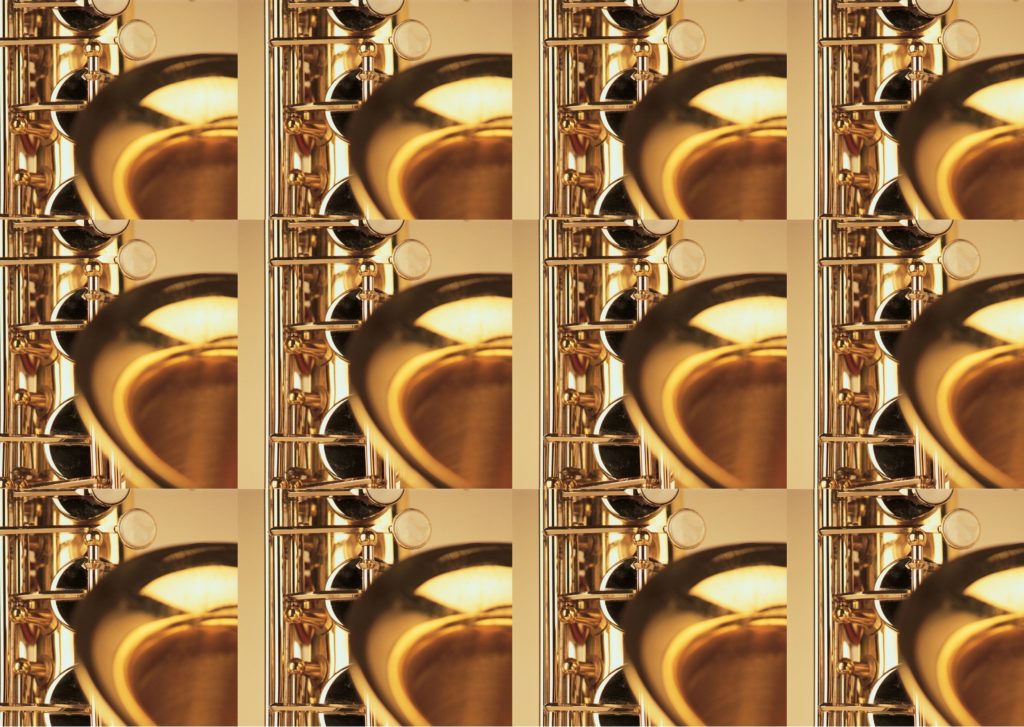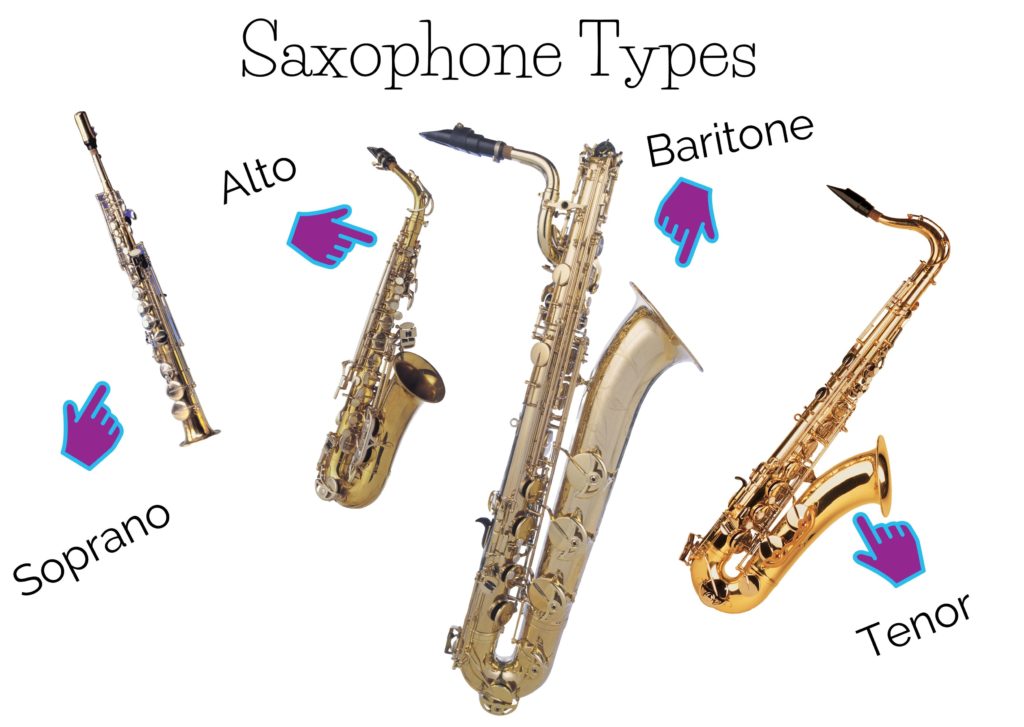by Ellie Steemson

Choosing a beginner saxophone can seem both exciting and daunting. A quick Google search reveals the plethora of different saxophone brands and types available, and without expert knowledge it can be very difficult to know where to start.
As a teacher I love to see people coming into the first lesson full of excitement and anticipation, and the first thing I always do is put my mouthpiece on their saxophone and play it to check it’s both working, and of an appropriate to learn on. Thankfully, most of the time I am able to give them the thumbs up and on we go into learning the basics of embouchure, breathing and how to play the notes .
Sadly though (and with increasing frequency) people arrive with instruments they have bought online or from second-hand shops which barely function. The market has been flooded with new brands in recent years. Consequently, there are some surprisingly good instruments for relatively little money, but there are also some terrible examples.
Moral of the story: Ask an expert! That’s where we come in. We would so much rather speak to you about your options and offer you some advice than have to give you the ‘bad news’ in that first lesson. So please, if you’re thinking of starting – get in touch!
Choosing a beginner saxophone: FAQ’s
Here are my answers to a few common questions I get asked:
Which size of saxophone should I start on?
When choosing a beginner saxophone, the first question is which size of sax do you want to play? The saxophone family has four main members. In order of size from smallest to largest, these are: soprano, alto, tenor and baritone. Most people begin on the alto, and if you’re not sure then this probably the best option for now. You can always change or add a sax to your repertoire later down the line.
The alto is generally the least expensive of the four to buy. It is small and light enough to be played by most children aged about ten years+, but this is definitely something to seek advice on with a teacher before you buy if you are unsure. It is also a great starter instrument for adults, who may also consider starting on the tenor. Slightly bigger and deeper in tone than the alto, it has quite a different personality. If you love jazz tenor players and want to sound like them – maybe this is the sax for you…?

The soprano and baritone are at the two extremities of size and range. I don’t tend to recommend soprano for a beginner unless it is really their heart’s desire as it more difficult compared to beginning on than the larger saxes. There’s nothing to stop you starting on baritone if you don’t mind the heavy weight and fairly astronomical price-tag!
My child is younger than ten, but desperate to learn – can they still start?
Children as young as eight can start if they have enough of their adult teeth, but they would be best advised to go for the lighter weight alto called the AlphaSax.
I am a big fan of this instrument, as it allows younger children start earlier. The downside is that you are limited as to the notes you can play so it is only an instrument for beginners. It will take you up to grade three standard in the ABRSM music exams, but beyond that you need the full alto to progress.
Should I rent or buy?
This is worth considering carefully when you are choosing a beginner saxophone. If you’re really not sure whether the sax is for you, then renting can be a good way to ‘try before you buy’. You will probably end up paying a bit more for the service of having the saxophone and the slight depreciation involved (quite like leasing a car), but it can work out as a great way to be sure that the sax is for you, and to spread the cost of purchase. Fife Sax School are able to recommend various companies, so please get in touch with us if you would like to explore this further.
New or second hand?
The answer to this question depends somewhat on your budget, and also your appetite for risk! Buying second hand through a recognised retailer is the safest way to do this as they will normally offer some kind of warrantee or after-sales care. Buying online from individuals is not advised unless you have some expert assistance, or are happy to take a chance on a bargain!
A new saxophone can cause you a lot less problems in the short-term with repair and maintenance, although eventually every saxophone will come to a point where it needs a bit of a service and tune-up. You will pay a premium of course for a brand new instrument, but they hold their resale value fairly well, especially if you choose a good brand.
Should I upgrade my mouthpiece?
Short answer from me as a teacher – if your sax didn’t come with a Yamaha 4C or equivalent then yes. For me this is a no-brainer as they are fairly inexpensive and can make a world of difference to a beginner.
Do I need to take lessons?
I would recommend at least starting off with a few lessons. There are a lot of aspects to saxophone playing, and a good teacher will be able to set you up with excellent groundwork which you can then build on yourself. I have certainly found it works better this way around rather than striking out alone, and then realising you have problems a few months down the line. By this point it may be much harder (but not impossible!) to change entrenched habits.
Also, the simple physical aspects of putting the saxophone together correctly are also learned much more effectively with the guidance of a teacher. For example, it takes skill and experience to know exactly how to line the reed up on the mouthpiece, and without guidance this can result in a lot of frustration and wasted effort!
Finally, having lessons gives you motivation and inspiration to keep practicing – the most important part of learning an instrument successfully! Fife Sax School have a range of options for beginners including one-to-one and group tuition, so why not check out our lessons page for more information.


